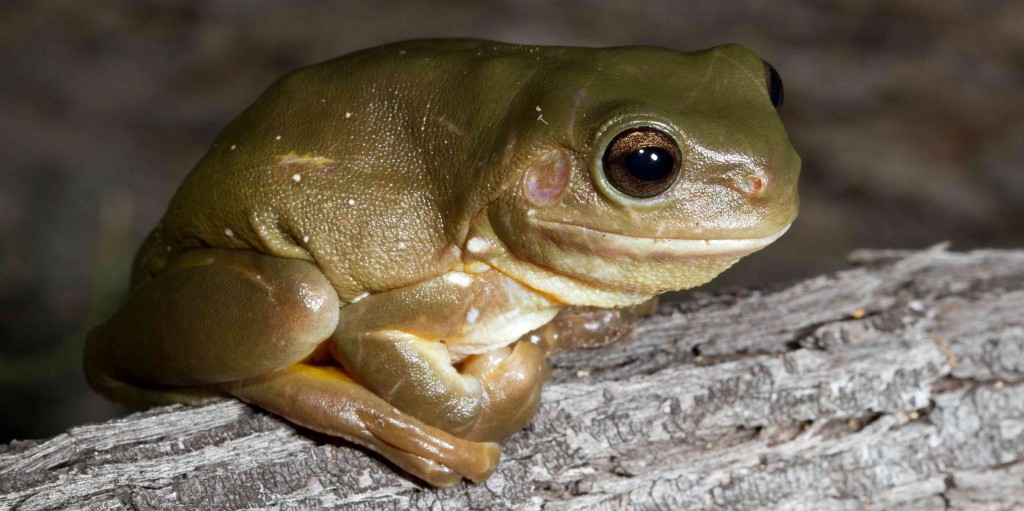We will need new principles to guide biodiversity conservation given the pressure for biodiversity to change as a response to climate change. The biodiversity projections introduced in Implications of Climate Change for Biodiversity suggest biodiversity will experience a high pressure to change across Australia. Yet contemporary principles typically focus on preventing change by managing threatening processes or by restoring ecosystems towards a pre-European land use state. Therefore, we are now facing the challenge of transitioning from managing what is known to managing what might be, and new principles that acknowledge change and aim to guide it are required.
The need to establish explicit principles to guide biodiversity conservation in a changing climate is part of a conversation that natural resource managers, policy makers, and the broader Australian public are only just beginning to have. It is too soon to provide an established set of principles. Rather, this module aims to help progress this conversation, by offering some ideas to support planning now.

Green tree frog (Litoria caerulea), Photographer: Peter Lowik
Each of the suggested new principles are further explained in the drop-down boxes below.
Find out more
Open allClose allEncouraging or actively managing things like genetic diversity, landscape connectivity, and hydrological processes to maintain functioning ecosystems, the services we value most, and help nature take its course.
Valuing the uniqueness of Australia’s national biological diversity and thus preventing establishment or dominance of non-Australian species. This also involves maintaining the evolutionary processes that made and will keep Australia unique.
Valuing the contribution each region makes to national biological diversity by ensuring that even as local and regional species change, ecological communities reassemble composed of relatively nearby rather than relatively distant Australian species. This also involves maintaining regionally unique evolutionary environments.
Accepting that some species will be lost, particularly from specific regions, but that managing the full range of Australian ecological environments, including climate refugia, will accommodate the widest possible range of species and thus limit species loss nationally. Regionally, species may be lost but still be present elsewhere in Australia.
Helping to ensure that adaptation in other sectors, like agriculture and urban development, does not inadvertently reduce the ability of biodiversity to adapt and persist.
Options for the application of these principles through strategic goals and actions are highlighted in The Biodiversity Adaptation Toolbox.
To further explore how some of these ideas are already being applied by natural resource managers take a look at the Planning examples.
